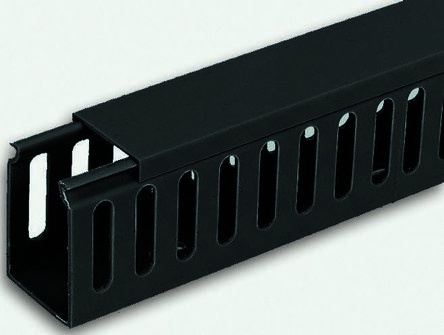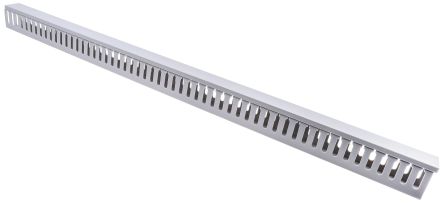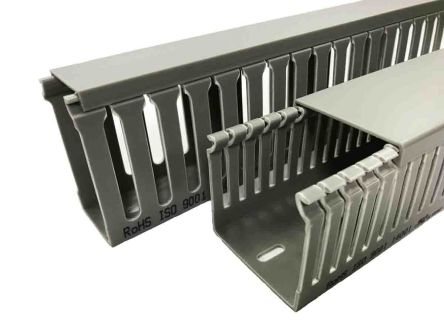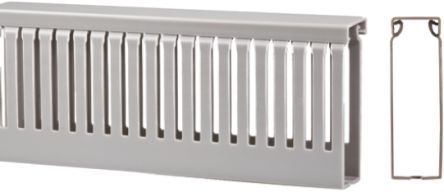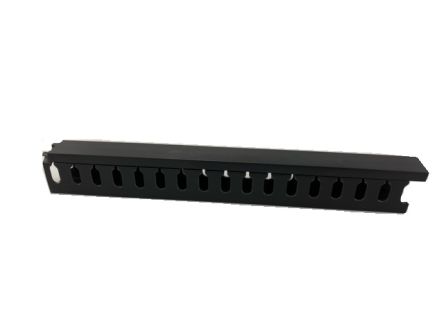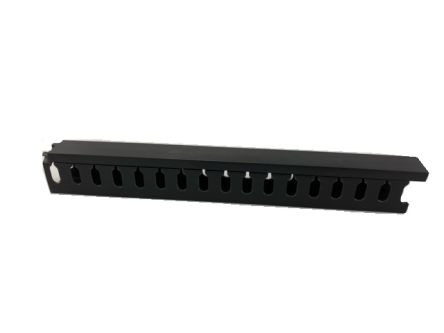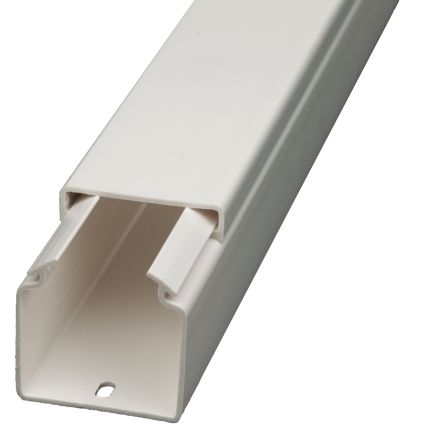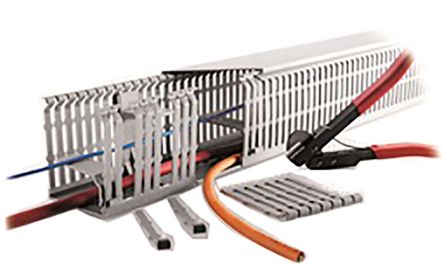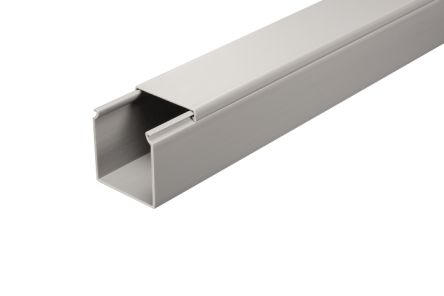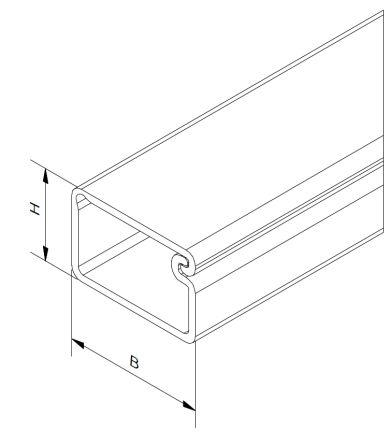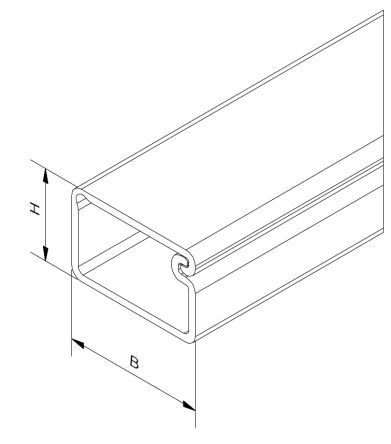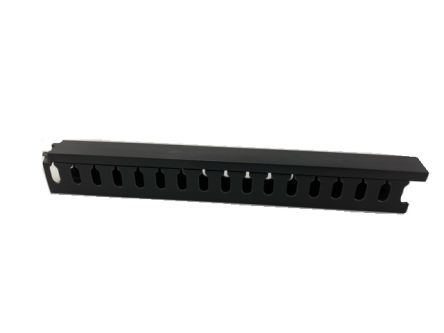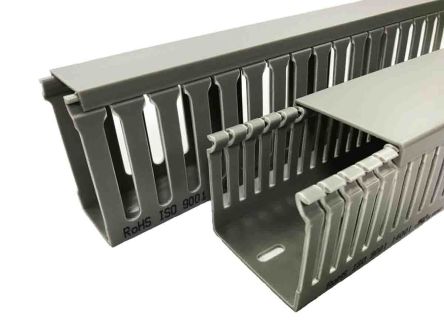- Automation & Control Gear
- Cables & Wires
- Enclosures & Server Racks
- Fuses & Circuit Breakers
- HVAC, Fans & Thermal Management
- Lighting
- Relays & Signal Conditioning
- Switches
- Batteries & Chargers
- Connectors
- Displays & Optoelectronics
- ESD Control, Cleanroom & PCB Prototyping
- Passive Components
- Power Supplies & Transformers
- Raspberry Pi, Arduino, ROCK, STEM Education & Development Tools
- Semiconductors
Cable Trunking
-
Cable trunking is a system used to organize and protect electrical cables or wires in buildings or industrial settings. It provides a safe and tidy way to route and conceal cables, improving the overall appearance and safety of the installation.Cable trunking typically consists of a rectangular or square-shaped enclosure made of plastic, metal, or sometimes rubber. The enclosure has a removable or hinged cover, allowing easy access to the cables when necessary. The trunking is designed with various compartments or channels to accommodate multiple cables of different types and sizes.
Why Use Cable Trunking?
Cable Protection: Trunking shields cables from physical damage, such as impact, crushing, or accidental contact with sharp objects, which could potentially cause short circuits, electric shocks, or fires.Cable Organization: Trunking helps to keep cables organized and prevents them from becoming tangled or snarled, making it easier to identify and manage individual cables during installation, maintenance, or repairs.Safety and Aesthetics: By concealing cables within trunking, the system reduces trip hazards and improves the overall appearance of the space. It also prevents dust accumulation on the cables, which can be a fire hazard. Electromagnetic Interference (EMI) Protection: Some types of trunking are designed with features like metal shielding or grounding capabilities, which help to reduce electromagnetic interference or electromagnetic radiation emitted by the cables.
Types of cable trunking
PVC Cable Trunking: PVC (Polyvinyl Chloride) trunking is the most common type and widely used in various applications. It is affordable, lightweight, and easy to install. PVC trunking is available in different sizes, shapes, and colours, allowing for flexibility in cable management. Metal Cable Trunking: Metal trunking, usually made of steel or aluminium, offers robustness and durability. It provides excellent protection against physical damage, such as impact or crushing. Metal trunking is often used in industrial environments or areas where there may be a higher risk of mechanical stress or where fire resistance is required. Adhesive Cable Trunking: Adhesive trunking, also known as self-adhesive trunking, comes with a pre-applied adhesive strip on the back. It simplifies installation by allowing the trunking to be directly stuck to walls, ceilings, or other surfaces without the need for additional fixings. Adhesive trunking is commonly used in situations where drilling holes for mounting is not desirable. Flexible Cable Trunking: Flexible trunking, typically made of plastic or rubber, is designed to accommodate cables that require bending or routing around corners. It is especially useful when dealing with cables in confined or complex spaces. Flexible trunking often comes in the form of coiled or spiral wraps that can expand, and contract as needed.

